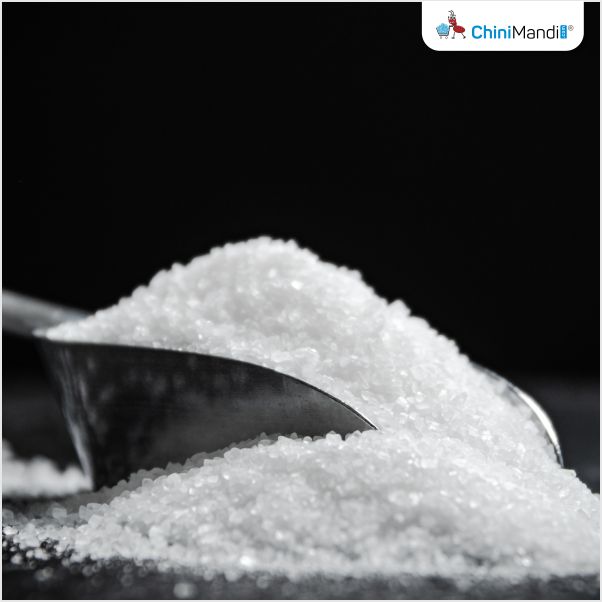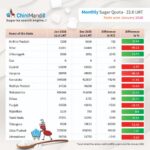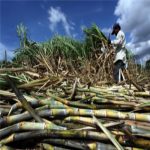Nigeria’s sugar production dropped sharply by 35 percent in 2023, falling to 30,053 metric tons from 46,479 metric tons in 2022, according to new data released by the National Sugar Development Council (NSDC), reports Business Day.
This decline comes despite growing investments by sugar refiners in local sugarcane farming and expanding refinery operations. The sector has seen significant capital inflows aimed at boosting domestic output, yet overall production continues to struggle — a trend also linked to the weakening of the naira and broader economic challenges.
While local production fell, sugar imports also declined by 16 percent, dropping from 1.7 million metric tons in 2022 to 1.4 million metric tons in 2023.
Sugar consumption, which had been steadily increasing since 2021, also fell by 16 percent last year. The NSDC attributes this decline to reduced consumer purchasing power and a growing shift among Nigerians toward healthier eating habits.
Since the launch of the Backward Integration Policy (BIP) in 2012, Nigeria has averaged an annual sugar production of just 17,625 metric tons, placing it fourth in West Africa and 19th on the continent.
To encourage local production, the industry has been receiving billions of naira in support every year through tax holidays, subsidized loans, import tariffs, and regulated access to foreign sugar. These measures aim to meet domestic sugar demand and eventually turn sugar into a source of foreign exchange earnings.
The BIP is a key part of the National Sugar Master Plan (NSMP), which was introduced to harness the country’s sugarcane potential, generate employment, strengthen the value chain, and close the demand gap — which stood at 1.53 million metric tons in 2020.


















[…] Source : Chinimandi […]